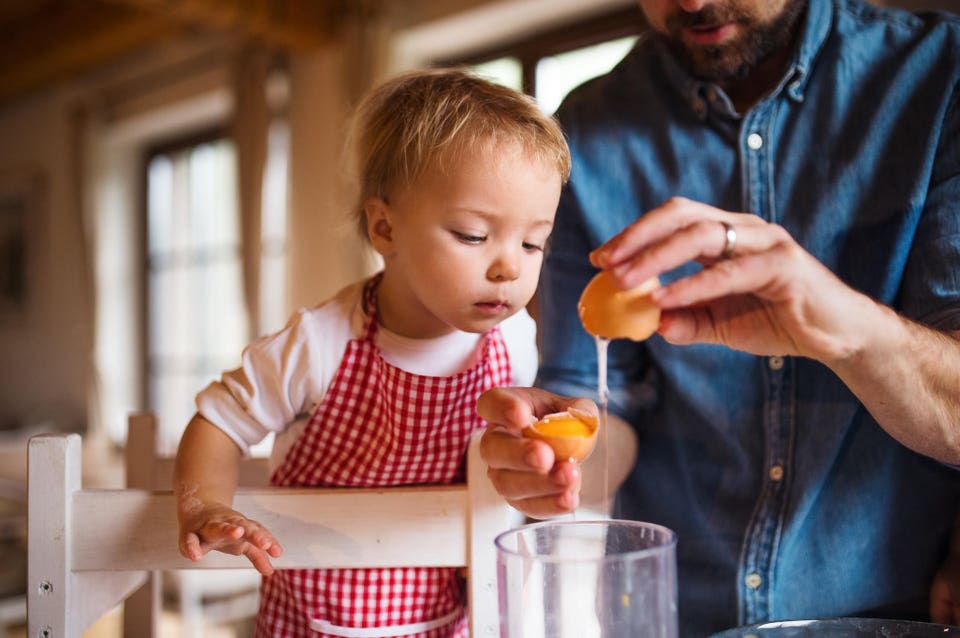TikTok #Eggprank Trend: Parents Are Cracking Eggs On Kids’ Heads


On social media platform TikTok, a concerning trend has emerged where parents are posting videos of themselves cracking eggs on their young children’s heads. These videos are often accompanied by hashtags such as #eggprank and #eggcrackchallenge. While some may find this amusing, it’s important to recognize the potential risks and negative consequences of such actions.
First and foremost, there is the risk of Salmonella contamination. Salmonella bacteria can be present on the eggshell, as well as in the yolk and egg whites. By cracking eggs directly on their children’s heads, parents are exposing them to potential infection. Salmonella can cause severe gastrointestinal symptoms, including diarrhea, stomach cramps, nausea, and vomiting. In some cases, it can even lead to life-threatening complications. Children are particularly vulnerable to these types of infections, making the practice even more dangerous.
Additionally, eggs are not soft objects. They are surprisingly hard and can cause injury if they are launched at a child’s head. A child’s skull may not have fully developed, and the impact could result in harm. It’s important to consider the potential physical effects of this prank before engaging in it.
Furthermore, the psychological impact of this prank should not be overlooked. By using their children as objects for entertainment and social media laughs, parents may unintentionally send harmful messages to their child’s self-esteem and self-worth. It’s crucial to foster a healthy sense of self-esteem in children by treating them with respect and dignity.
Overall, engaging in this egg-cracking prank on children is irresponsible and potentially harmful. The short-term entertainment and social media popularity gained from these videos are not worth the risks involved. Instead, parents should focus on fostering a safe and nurturing environment for their children, allowing them to grow, learn, and thrive without compromising their well-being.
